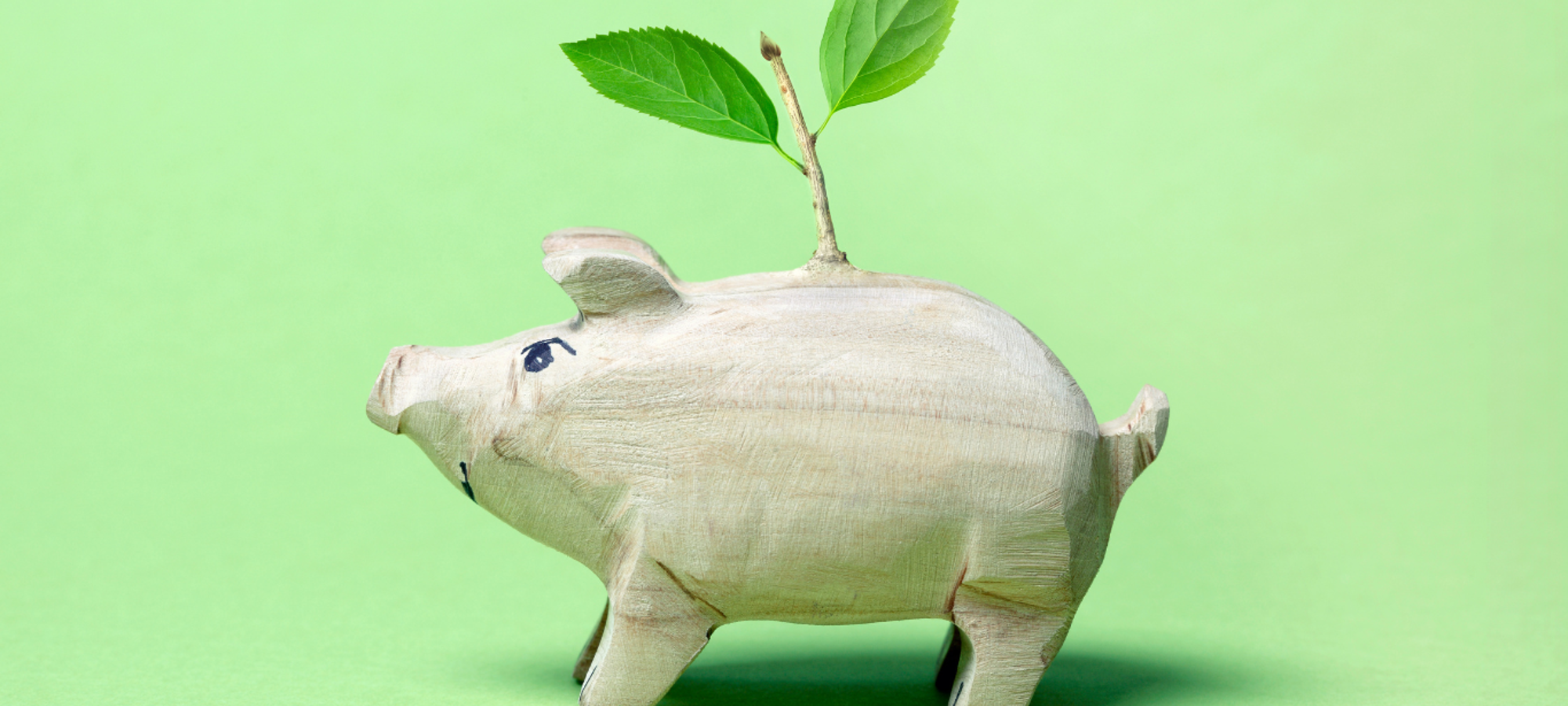Circular Economy: closing the loop for sustainable business practices - part 1
In today's rapidly evolving global landscape, the circular economy has emerged as more than just a sustainable initiative—it's a business imperative. Traditional linear models of "take, make, dispose" are proving unsustainable, both environmentally and economically. Resource scarcity, volatile commodity prices, and increasing regulatory pressures are challenging the status quo of business operations. The circular economy offers a solution by promoting a system where waste is eliminated, resources are reused, and sustainability is integrated into the very fabric of business strategies. Companies adopting this model are not only future-proofing their operations against these challenges but are also unlocking new avenues for innovation, enhancing brand reputation, and fostering customer loyalty. In an era where consumers are becoming increasingly conscious of environmental impact and where resource efficiency directly correlates with financial performance, embracing the circular economy is not just a matter of corporate responsibility—it's a strategic move essential for long-term success and resilience.
Understanding the Circular Economy
At its core, the circular economy challenges the traditional 'take-make-dispose' model that has dominated global industries. Instead, it champions an economic system that minimises waste and maximises the continual use of resources. This is achieved by designing products and materials for extended life, reuse, refurbishment, remanufacturing, and, ultimately, recycling. The aim is clear: keep materials in productive use for as long as possible, extracting maximum value and reducing environmental impact. So, what's this all about? At its heart, the circular economy challenges the old ways. Instead of a one-way street, we're looking at a continuous cycle of use and reuse.
Unpacking the Circular Economy
Designing with Purpose: Creating products with an emphasis on longevity, reducing the need for frequent replacements. Apple's iPhone isn't just a technological marvel; it's a testament to forward-thinking design. By ensuring a robust build combined with regular software updates, Apple has effectively countered the rapid obsolescence seen in the tech world.
Sustainability as Brand Ethos: Integrating sustainable practices into a brand's core values and operations. Patagonia isn't just selling outdoor gear; it's promoting a lifestyle. Their repair services underscore a profound message: products should last.
Transformative Recycling: Repurposing waste materials into new, valuable products. Adidas's collaboration with Parley for the Oceans showcases the potential of upcycling, turning ocean plastic waste into high-quality footwear.
Reimagining Waste Streams: Viewing waste not as trash, but as a resource to be reused or converted. Nespresso's approach to used coffee pods is revolutionary, creating a circular system where coffee grounds enrich the soil and aluminium finds a second life.
Shared Economy - The Future of Consumption: A system where assets are shared, either free or for a fee, directly from individuals. Zipcar's success story is a glimpse into a future where shared resources reduce manufacturing demands and carbon emissions.
Yet, transformation isn't without its hurdles. Shifting to a circular model means upfront investments and a change in mindset. Convincing consumers that "recycled" doesn't mean "second-rate" is another challenge. And while some regions are embracing circularity, others might be lagging, leading to a patchwork approach.
A Business Imperative
The circular economy offers a blueprint for this new era of business, emphasising resource optimisation, innovation, and long-term vision. The following insights delve into the core tenets of the circular economy, illustrating its profound implications for businesses and showcasing pioneering companies that are leading the charge. Through these examples, we'll explore why the circular economy is not just a choice:
Efficiency and Cost-effectiveness: Achieving more with fewer resources, leading to reduced costs and waste. Unilever's "Love Beauty and Planet" brand addresses water conservation at the consumer level, with consumers saving on water bills.
Innovation as a Survival Tool: Introducing new methods or ideas to meet evolving challenges. Interface's approach to nylon sourcing is a lesson in innovative problem-solving, turning discarded fishing nets into a sustainable material source.
Strategic Resource Management: Planning and managing resources to achieve organizational objectives efficiently. Tesla's approach to sourcing lithium is a masterclass in strategic foresight, ensuring consistent production.
Building Trust Through Sustainability: Enhancing brand reputation by adopting and promoting sustainable practices. LEGO's commitment to sustainable materials ensures brand loyalty and market leadership.
Proactive Compliance: Anticipating and adapting to regulatory changes before they are enforced. McDonald's decision to phase out plastic straws positions the brand as a responsible industry leader.
Long-term Vision Over Short-term Gains: Investing in initiatives that may have upfront costs but offer long-term benefits. Starbucks' investment in straw-free lids positions the brand as forward-thinking and eco-conscious.
Challenging Status Quo: Questioning and changing established practices and beliefs. Platforms like Depop and Vinted promote second-hand fashion, pushing for a shift from disposable fashion culture.
Navigating Supply Chain Complexity: Managing the intricate processes involved in producing and delivering products to consumers. H&M's garment recycling initiative showcases the potential of multi-stakeholder collaboration, turning a complex supply chain challenge into a sustainable system
Yet, as we pivot towards this new model, questions arise. How do we ensure that in our quest for sustainability, we don't compromise on quality? How do we navigate the complexities of global supply chains, ensuring consistency in practice? And crucially, how do we bring our stakeholders – from employees to consumers – along on this journey?

